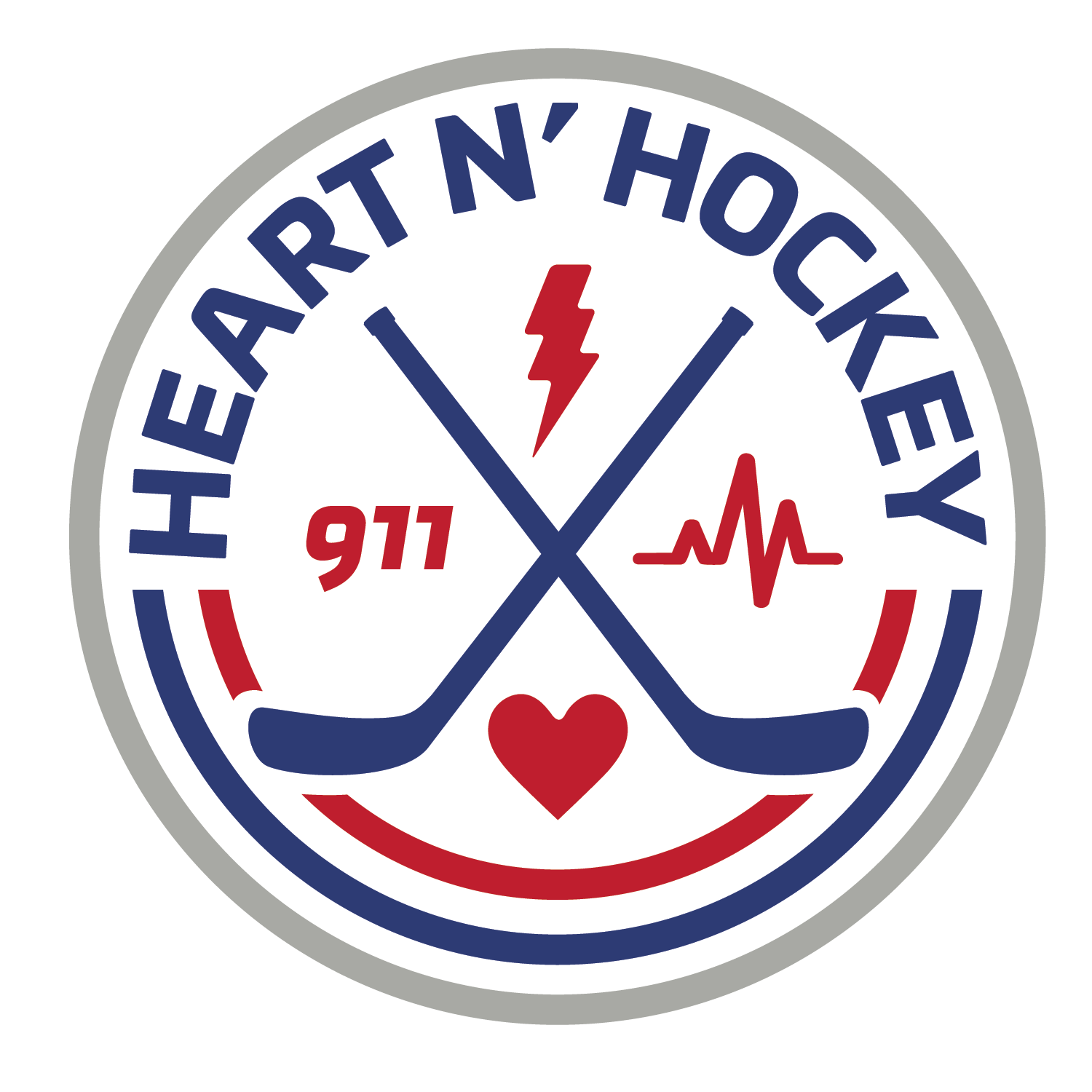CPR
Get Certified.
Save A life.
Team captains/organizers should designate two players to perform CPR. Do this in case you have to ‘tag team’, as CPR can be exhausting. It is likely a few of your teammates are already certified.
Many of my teammates are uniformed: former/current RCMP or municipal police, members of the Canadian Armed Forces, Correctional Service of Canada, paramedics, firefighters and medical first responders.
My defense partner Nigel is Chief of a local fire department. He is trained in CPR frequently. He is an expert. He pounded the daylights out of me and kept me alive.
Consider taking a CPR course.
USEFUL INFORMATION
Cardiopulmonary resuscitation is an emergency procedure requiring chest compressions.
CPR is used to manually preserve intact brain function until further measures are taken to restore spontaneous blood circulation and breathing in a person who is in cardiac arrest. CPR is a life saving technique useful in many emergencies such as heart attack or sudden cardiac arrest.
Anybody can become proficient in CPR in Canada. Online courses are available and are offered by respected groups like Heart & Stroke Foundation Canada, Canadian Red Cross, and St. John Ambulance. Courses are available in person as well.
Contact your local fire department or emergency health provider for course offerings.
CPR FACTS
CPR-I was surprised to learn CPR dates back to ancient Egyptian times. There are records dating back to 2500 BC where reference is made to CPR.
Fast forward to the 1500’s and a Swiss Doctor named Paracelsus developed the Bellows method used through the 1800s.
The first recorded use of most to mouth resuscitation occurs in Scotland in 1732. A local surgeon used mouth to mouth to revive a suffocated coal miner. Soon after this method was adopted to treat drowning victims.
In 1775 a Danish veterinarian discovered that he could render a chicken lifeless by shocking it and restoring the heartbeat by counter shocks. Sounds Frankensteinian doesn’t it. Obviously this did not catch on.
In the mid 1800s came the hall and Sylvester methods. They discovered pressure on the thorax and moving a patient’s arms could be resuscitative. A German surgeon was the first to advocate for chest compressions rather than ventilation alone to help with circulation. He had used external compressions to restart the heart of two young human patients. Again, this did not take hold for another half century.
In 1956, Dr. Paul Zoll, a Harvard cardiologist, lead a study funded by the American Heart Association. For the first time in human history, an external defibrillator successfully restored a steady rhythm to a quivering heart. In 1957 a team from John Hopkins introduces the first portable, external defibrillator, a 200 pound behemoth, known as a Hopkins closed chest defibrillator.
In 1960 doctors combine mouth to mouth breathing with chest compressions to create cardiopulmonary resuscitation, what we know as CPR today.
Since then, over 400 million people have been taught CPR skills, worldwide, saving countless lives.



